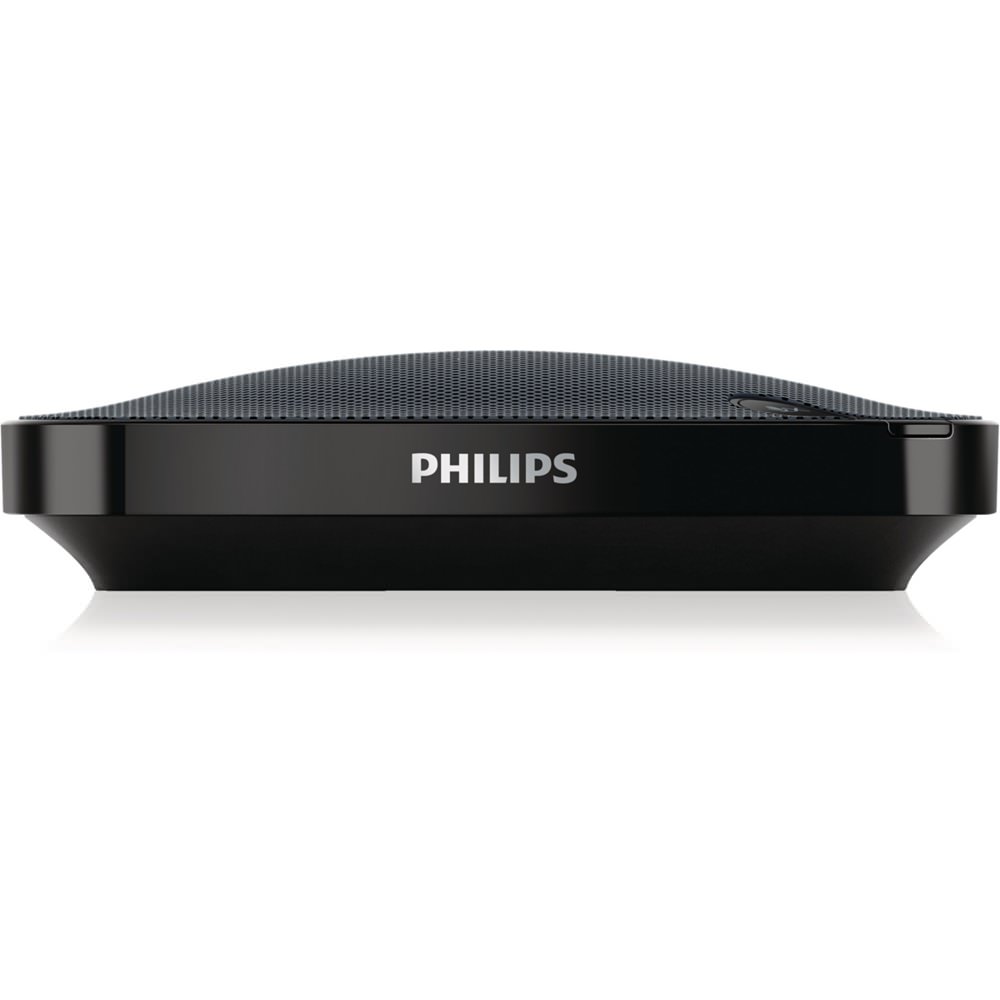Today, Philips is making its available to anyone looking to synchronize their Hue lights with whatever’s running on their Windows or Mac computer. Hue Sync detects whatever colors it sees on the screen and then projects a matching aura onto the walls around it. It works with anything, really, even music and web browsing, but the experience is especially immersive when gaming or watching video at full screen. It works surprisingly well, too. I know because I’ve been testing a pre-release version of the app on an iMac for the past few days. Let me guess: like me, you spend a lot of time behind your home computer.
Philips Hue For Mac
Philips has released the 'Philips Hue Sync' app for Mac and PC, which allows you to sync your lights with music, movies, games and more. Philips has released the 'Philips Hue Sync' app for Mac and PC, which allows you to sync your lights with music, movies, games and more.

Philips For Minnesota Congressman
Maybe it’s also the biggest screen in your house, surrounded by a rumbling speaker configuration that’s perfectly tuned to blast your face with audio while gaming, or watching videos and film. If so, then Hue Sync could be for you. My setup is super simple.
I’ve got a four-year old 27-inch iMac that sits about a foot from a white wall, with an old “Pixar lamp” behind it fitted with a multi-colored Hue bulb. I’ve always been a fan of Microsoft’s, and those that bleed colors right off the display and onto the wall behind it. Hue Sync creates an approximation of that glorious effect, but with a non-trivial impact on CPU.
The Hue Sync app set to synchronize video. Image: Philips The app requires a Hue bridge on your network, and you need to define an “Entertainment area” in the much improved that went live a few days ago. My entertainment area is comprised of a single bulb behind my all-in-one, but you can go nuts with light strips and other Hue fixtures to create as big and bright of a light show as you want. With a YouTube video playing at full screen and the Hue Sync app maxed-out at “Intense” brightness and “CPU - high performance,” the HueSync process usually reported CPU usage on my old iMac at around 24 to 26 percent, occasionally spiking to over 40 percent, or dropping into the low teens. But the synchronization was good. There was a slight lag between the color changes on the screen and the Hue bulb, but it didn’t detract from the experience, with the Hue smoothly changing colors even during fast-moving action scenes.
It was particularly adept at identifying just the right colors to send to my lone Hue bulb even as the on-screen image presented a muddle of colors as you’d get with any TV show, game or film. In a multi-light setup, Hue Sync will map the colors across regions of the display and then send them to the appropriate Hue device. You can see this in the image at the top of the article with red light flooding the wall on the left, and blue to the right, in accordance to the scene on the display. The folowing GIF was captured while streaming this to show how accurately and quickly my setup responded to uniform color changes on the iMac’s display: Synchronizing with a YouTube video.
Hue Sync set to high cpu mode and intense brightness. GIF: Thomas Ricker / The Verge Reducing the brightness from “Intense” to “Subtle” in the app had little impact on the CPU usage. In my testing, the CPU set to “low performance” mode hovered around 19 to 20 percent but still spiked into the 30s. It also resulted in a sometimes uncomfortable delay in the light synchronization, and sometimes appeared jerky on the wall behind the display.
For these reasons, I left the app in high performance mode, which is fine for films, but could cause problems for gamers. Bottom line: Hue Sync is a fun little app that’s free to use, and, for me, adds an extra layer of immersion to the experience of watching videos or film. So, if you already have some Hue bulbs laying around, then you really should give it a try.
For Mac users:. Hook up your PSA player with the Mac PC using the supplied USB cable. Drag and drop the selected files to your PSA player, which is named as Untitled disk on the desktop. Wait until the transfer process is complete, before disconnecting the player from your computer. For Mac users, I-Tunes version 2.0 or higher may also be used to download music onto your PSA player for more details about using I-Tunes, please visit The information on this page applies to the following models: ACT211/17, ACT215/17, ACT216/17.